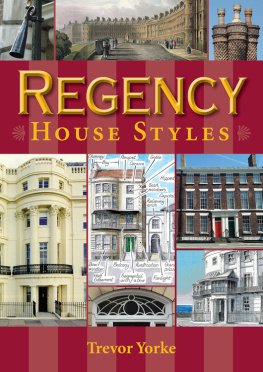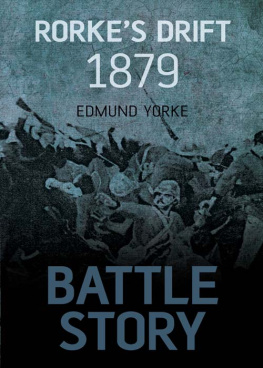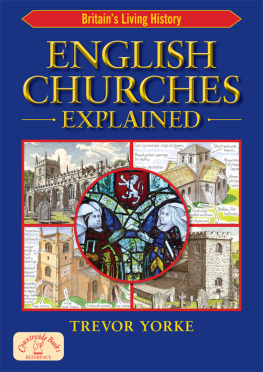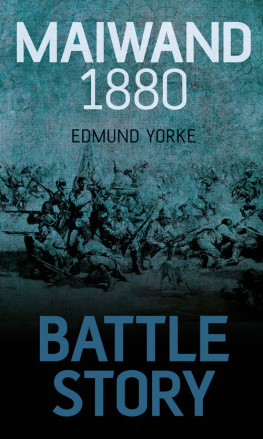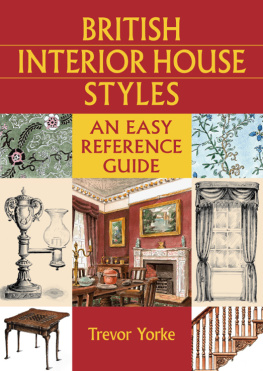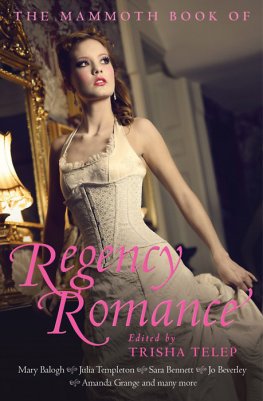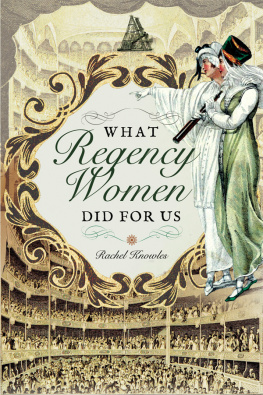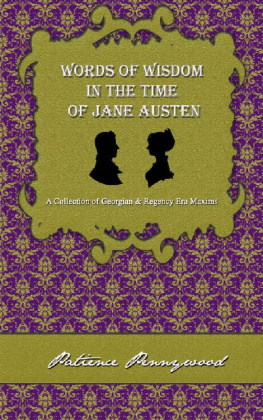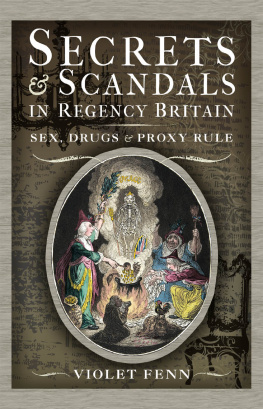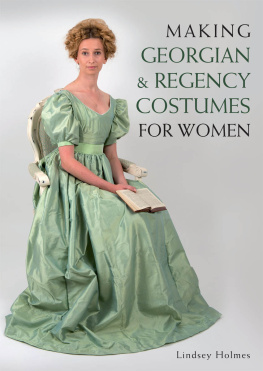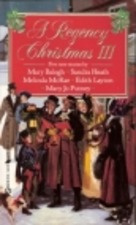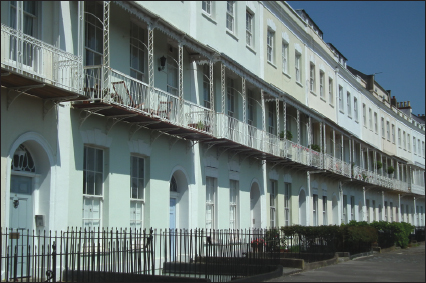All rights reserved. No reproduction
permitted without the prior permission
of the publisher:
T he word Regency has long been associated with elegance. Period dramas focus upon fashionably-dressed ladies and gentlemen promenading along streets lined with refined terraced housing. Hotels and businesses in old spa towns and seaside resorts use the word because of its strong appeal to tourists, whilst companies adopt it to convey that their products or services are of a certain quality.
The late Georgian period when the Prince Regent governed in the absence of his ailing father was a time of industrial revolution, rapid developments in transport, global expansion of commerce and trade, and ground breaking legislation, including the abolition of slavery. These changes created an unprecedented demand for new houses and offered a multitude of choices as to how to decorate them. The Regency era was far more than just elegant though: it was exotic, historic, technological, innovative and, at times, quite bizarre. This is reflected in the variety of distinctive forms and styles which characterise buildings from this period.
Underlying this variety, however, were certain styles and materials which are typical of the thousands of terraces and villas erected by builders in this period. This book sets out to put these early 19th-century fashions into context, explaining their background, describing the features and introducing the most notable architects involved. It illustrates the details from these houses to help the reader recognise them and gives clues to appropriate fixtures and fittings for those considering renovating a Regency home. This is all done with the aid of my own drawings, photographs and clearly-labelled elevations.
For anyone who simply wants to recognise the style, understand the contribution of key characters and appreciate what makes Regency houses special, this book is a colourful and an easy-to-follow introduction to the subject.
Trevor Yorke
www.trevoryorke.co.uk
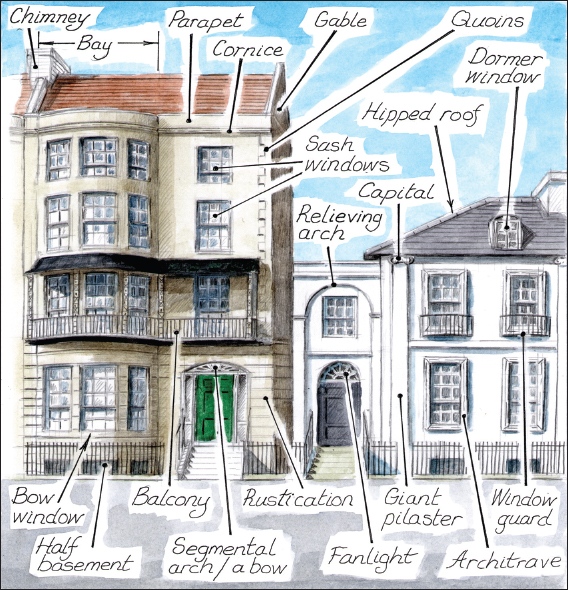
FIG 0.1: Regency houses, with labels of their key parts.

FIG 1.1: White stuccoed terraces from Brighton, the most notable of Regency resorts.
The Prince Regent
F or my generation, it is hard to write a book about the Regency period without conjuring up images of Hugh Lauries portrayal of the Prince Regent in T.V.s Blackadder III. His self-centred, dim-witted and unpopular character which made such a mockery of late Georgian life was based upon some elements of truth. The actor was probably relieved to learn, however, that an accurate representation of the Prince Regents size was not required for the role since the Prince of Wales weighed nearly 18 stone by the time he was thirty years old and developed a 50-inch waist during his reign as king.
Unfortunately, over-eating was the least of his problems. As the eldest son of George III, the young prince, influenced by radical friends, quickly gained a reputation for being extravagant with money, leading a disreputable life of excessive drinking and gambling and for having a string of mistresses, one of whom he even secretly married. By 1795 he had amassed a personal debt of around 50 million in todays money and, as part of a deal to pay it off, Parliament and his father, the king, forced him to marry his cousin, Princess Caroline of Brunswick.
Their relationship was a disaster and after only one year together, they lived separately, both having affairs. In 1814 Caroline left England and not until her husband became king six years later, did she return in order to assert her rights as Queen Consort. On the day of the coronation, though, she fell mysteriously ill and died shortly afterwards.
Despite their unhappy union, they did manage to have a child, Princess Charlotte, who unlike her father became a popular figure and carried the hopes of a nation disillusioned with the prince. There was much anticipation when she married Prince Leopold of Saxe-Coburg-Saalfeld and was expecting a child.
However, tragedy struck at the birth when both mother and child died. This plunged the country into weeks of mourning and deprived the Prince of Wales of a legitimate heir. The press made much of this fact, encouraging his unmarried brothers to do their duty, an idea seized upon by Prince Edward, the Duke of Kent and Strathearn. He promptly removed his mistress and married the sister of Prince Leopold who produced a daughter, the future Queen Victoria.
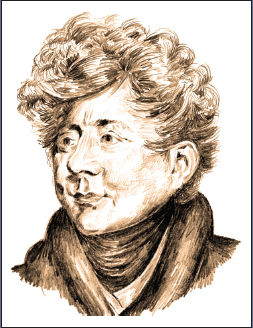
FIG 1.2: The Prince Regent, later George IV, was a driving force behind new architectural styles, initiating the redevelopment of large parts of central London. He was also credited with changing the face of fashion. He began to wear his hair loose, after a government tax was put on wig powder; promoted the wearing of dark colours and loose trousers (as they best disguised his weight); and embraced the fashion for high collars and neck cloths as they hid his double chin!
The Prince of Wales relationship with his father was equally strained. Despite the countrys growing affection for George III, his bouts of madness were of grave concern. The first notable occurrence in 1788 resulted in Parliament introducing a Regency Bill, only for the king to recover before it could be passed. (This crisis was the subject of the play and film The Madness of King George). In 1810, when his condition deteriorated once again upon the death of his youngest daughter, Parliament had no choice but to reintroduce the bill and the Prince of Wales became Prince Regent on 5th February 1811. After nine years of the Regency, the king finally passed away and the prince was crowned George IV, reigning for a further ten years until his death in 1830.
Contemporary obituaries made much of his poor character, inappropriate expenditure and lack of popularity. His humorous and intelligent nature was let down by drinking and laziness. There was one area, however, in which many commentators thought he had merit and that was as a gentleman of taste and a connoisseur of the arts. He not only established fashions in clothing and personal appearance but also promoted numerous building projects in an architectural style that has since become distinctive of the Regency period.

